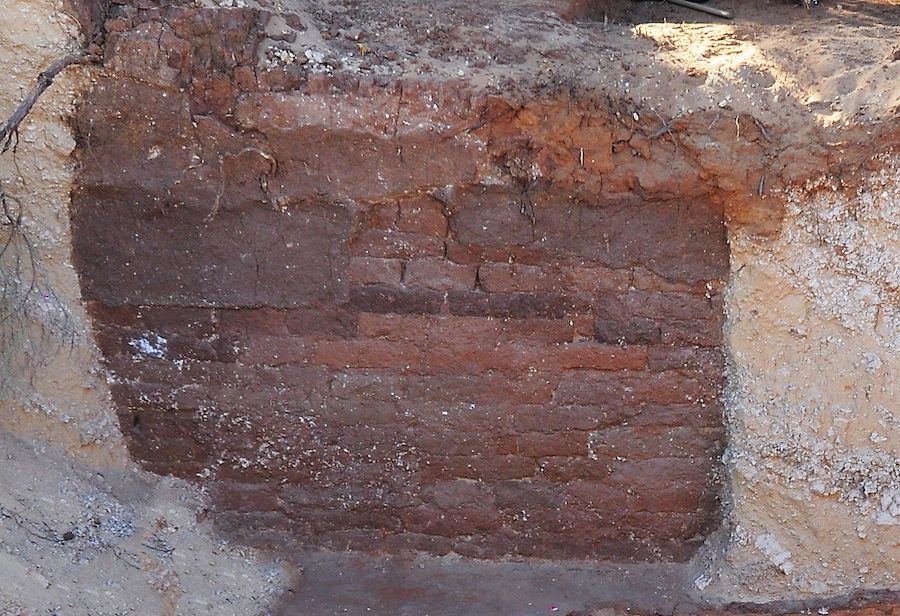Ancient Artificial Harbor Found in Israel

Archaeologists say they have discovered massive fortifications on the coast of Israel that may have protected an Assyrian artificial harbor during the Iron Age more than 2,700 years ago.
Researchers from Tel Aviv University (TAU) unearthed the crescent-shaped structure in the Israeli city of Ashdod, just south of Tel Aviv. The impressive fortifications date back to the eighth century B.C. At their core is a mud-brick wall that measures more than 12 feet (3.6 meters) wide and 15 feet (4.5 m) high. This wall is covered in layers of mud and sand extending outward hundreds of feet.
"The fortifications appear to protect an artificial harbor," TAU archaeologist Alexander Fantalkin said in a statement. "If so, this would be a discovery of international significance, the first known harbor of this kind in our corner of the Levant." [In Photos: Amazing Ruins of the Ancient World]
The researchers are not exactly sure who built the defensive structure, but they think it may be associated with a rebellion.
From ancient Assyrian inscriptions, researchers have gleaned that a rebel king of Ashdod named Yamani led a revolt against Sargon II, the king of the empire, around the time the fortifications were built. Sargon II's forces quickly put down the rebellion. Whereas some researchers have conjectured that the rebels put up the fortifications in anticipation of a fight, Fantalkin said the construction is too huge to have been completed under hasty circumstances.

"An amazing amount of time and energy was invested in building the wall and glacis [embankments]," Fantalkin added.
The excavations are taking place at the site of Ashdod-Yam, and researchers say there are more layers of the site's archaeological history.
Sign up for the Live Science daily newsletter now
Get the world’s most fascinating discoveries delivered straight to your inbox.
Buildings seem to have been constructed on top of the Iron Age embankments during the Hellenistic period, between the fourth and second centuries B.C. But those structures seem to have collapsed during an earthquake in the second half of the second century B.C., the researchers say.
Excavators found artifacts, including coins and weights, tucked in these more recent ruins. The researchers also used photogrammetry to make a 3D reconstruction of the site.
Follow Megan Gannon on Twitter and Google+. Follow us @livescience, Facebook & Google+. Original article on LiveScience.












